The natural world is a complex web of interdependent ecosystems. Among the most iconic inhabitants of these ecosystems are big cats, whose presence signifies healthy environments. However, these magnificent creatures face numerous threats, which technology is helping to address. Let’s explore how technology is revolutionizing big cat conservation efforts worldwide.
The Current Status of Big Cat Populations

Big cats, including lions, tigers, leopards, and cheetahs, are under constant threat from habitat loss, poaching, and conflicts with humans. The International Union for Conservation of Nature (IUCN) lists many big cat species as vulnerable or endangered. Understanding their current status is crucial for implementing effective conservation strategies.
Remote Sensing and Habitat Monitoring

Remote sensing technology utilizes satellite imagery and aerial photography to monitor habitats where big cats live. This technology helps conservationists track changes in land use, deforestation, and the health of ecosystems. By using this data, scientists can identify critical areas in need of protection and restoration.
Camera Traps and Tracking Devices
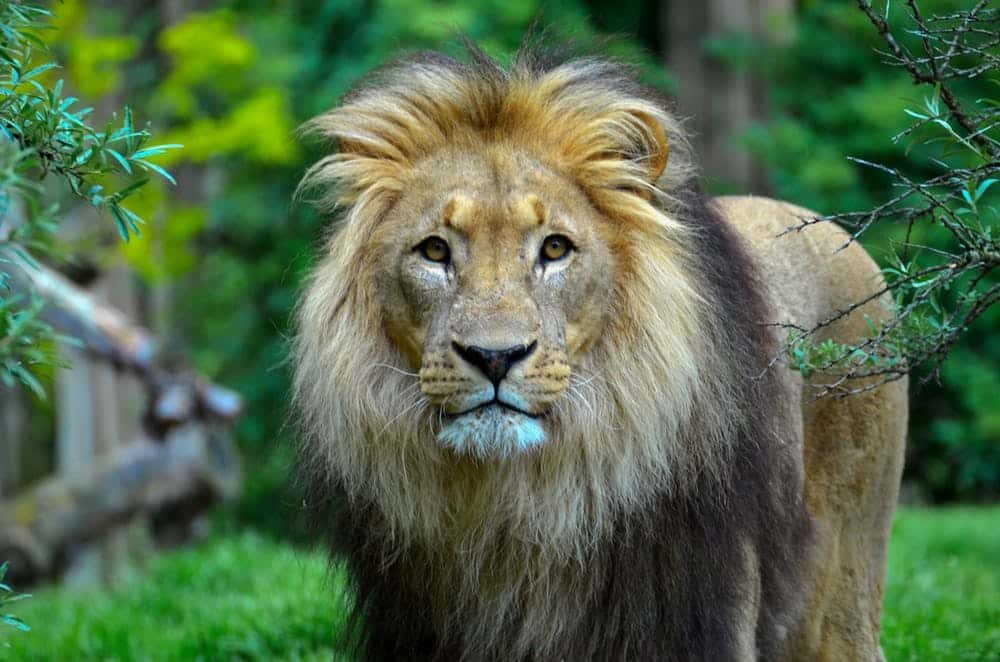
Camera traps have become indispensable tools in the study of big cats. Hidden in strategic locations, these devices capture images and videos of wildlife without human presence. Alongside this, GPS collars and radio transmitters provide real-time tracking of individual animals, offering insights into their movement patterns, territorial ranges, and behaviors.
Data Analytics and Big Data

The sheer amount of data collected from various technologies requires robust analytical tools. Through data analytics, scientists make sense of patterns and trends among big cat populations. Big data helps in predicting outcomes, understanding behavior, and formulating strategies for effective conservation practices.
Drones in Anti-Poaching Efforts
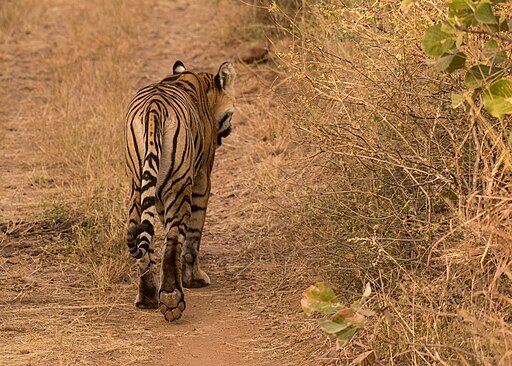
Poaching remains a significant threat to big cats, driven by the illegal wildlife trade. Drones offer a technological solution by providing aerial surveillance over vast and often inaccessible landscapes. They help detect poachers and deter illegal activities while minimizing the risk to human lives.
Artificial Intelligence and Machine Learning

AI and machine learning are increasingly used in wildlife conservation, offering the ability to process vast datasets and identify patterns that may indicate distress in big cat populations. These technologies can predict illegal activities and allow proactive measures to prevent poaching and habitat destruction.
Genomic Technologies in Conservation Genetics
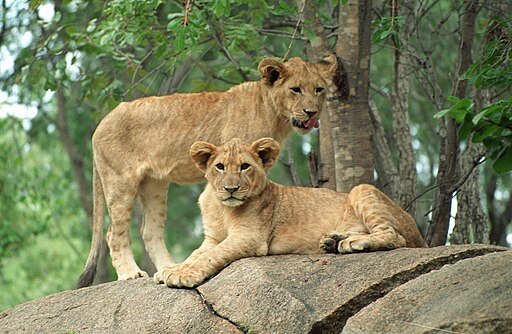
Conservation genetics involves understanding the genetic diversity of species to inform breeding and reintroduction programs. Genomic technologies allow scientists to analyze DNA samples from tissue and hair left in the wild, providing insights into genetic health, population structure, and kinship among big cats.
Community Involvement Through Citizen Science
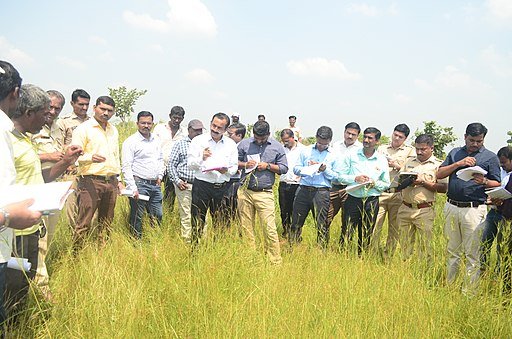
Citizen science leverages the power of technology to involve local communities and the general public in conservation efforts. Smartphone apps and online platforms allow individuals to report sightings, track animals, and contribute to data collection, fostering a collective responsibility for wildlife preservation.
Challenges and Ethical Considerations
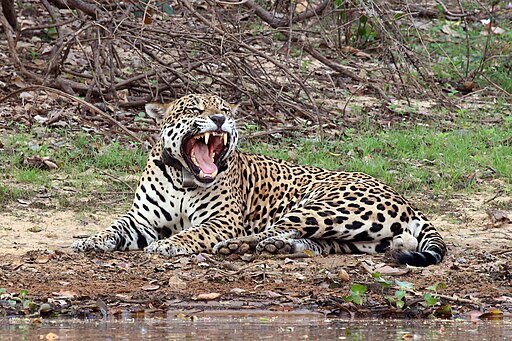
While technology offers immense potential, it also presents challenges. Issues such as data privacy, the high cost of equipment, and the need for expertise in data analysis must be addressed. Additionally, ethical considerations regarding the use of intrusive tracking devices and ensuring minimal disturbance to animal habitats are crucial.
The Future of Big Cat Conservation

The integration of technology in conservation efforts marks a new era for big cat preservation. As technologies evolve, they promise even greater possibilities for monitoring, protecting, and understanding these majestic creatures. Continued innovation, along with collaboration among conservationists, governments, and communities, will be key to ensuring a sustainable future for big cats.






